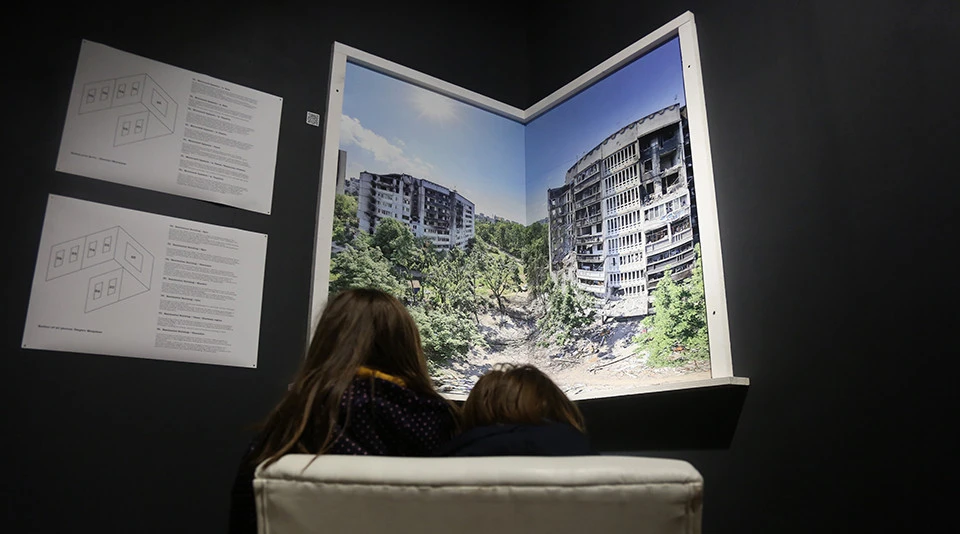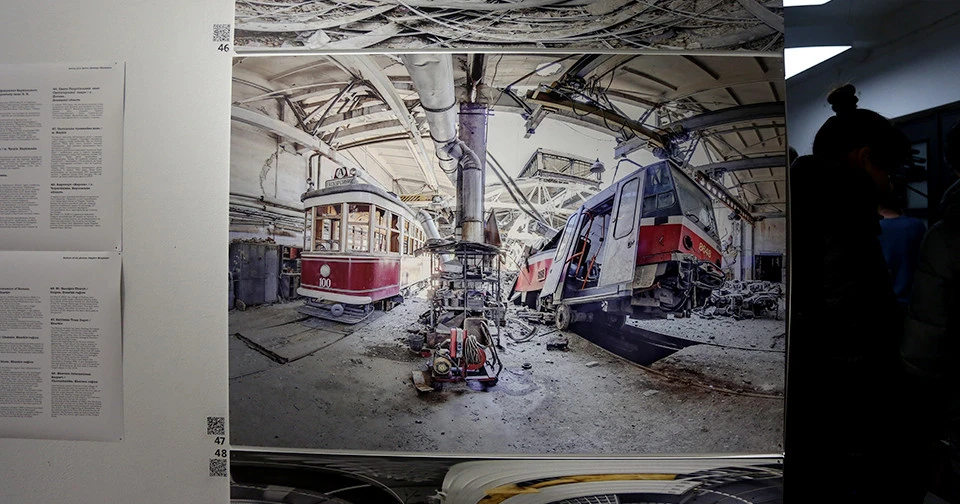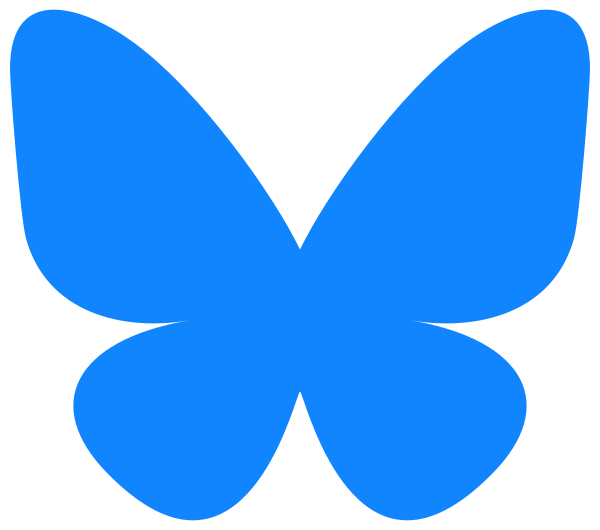
Inside crime scene: Kyiv-based team takes panoramic photos of Ukrainian cities affected by Russian aggression
Usually, we know about the war from frontline updates and stories of human tragedies. Emotional texts or dramatic details do not support images by the creators of the 360.war.in.ua project. Panoramic photographs of liberated Ukrainian cities and buildings damaged by Russian strikes speak for themselves, transporting the viewer to a place a few days or hours after the tragedy
In front of me is Vokzalna Street, which leads from Irpin to Bucha immediately after the liberation of Kyiv region by Ukrainian troops.
I can see burned Russian military equipment that has already turned rusty. Cottages destroyed to the foundation, poorly hidden behind leafless spring trees. Behind them is a high-rise apartment building with traces of shelling. I have seen photos from this place dozens of times, the "before" and "after" versions and the street already cleaned up by volunteers and locals. But I had no idea of the scale of the destruction.
The ground is literally running away from under my feet, and I'm trying to balance myself with both arms to avoid falling. The VR headset allows seeing space in all possible dimensions, so it feels like I am flying over the terrain.
Photos in the middle of which I found myself were taken by the 360.war.in.ua team in early April 2022 during their first expedition.
"No one was allowed to go there except for the military and possibly war correspondents, and there were a lot of sappers working there," recalls Taras Volianiuk, the author and project manager.
He wanted to tell the world what was happening in Ukraine.
In March 2022, Taras called the photographer Dmytro Malyshev and shared with him the idea of documenting the consequences of Russian aggression in 360.
"Reportage photographers go inside and take pictures of people, details. Their task is to convey emotions. I consider our project more of a documentary," says Taras. "The 360 format is a cast of reality at a certain moment. You can't manipulate it, you just go into the center of events. More precisely, you put Dmytro in the center of events and he makes this impression of reality around him. I thought that this idea would be good in the context of portraying what is unfolding here."
Here used to be my home
I am pulled out of the virtual reality by a dog, owned by one of the employees or volunteers of the Porokhova Vezha Centre for Architecture, Design and Urbanism where the 360.war.in.ua exhibition is being prepared. Being in the middle of war-torn Bucha, feeling the breath of a living creature nearby is not the most secure experience. Although people are constantly moving in the room, something is slamming and knocking. They're building a house in this room so that the visitor can feel the loss of home as vividly as possible. The place where the window is planned is a view of Saltivka, which was ravaged by artillery fire. The neighborhood is on the outskirts of Kharkiv, where the Russians did not spare any shells.

Here Was My Home exhibition. Image of the destroyed Saltivka, Kharkiv / photo: Adriana Stakhiv
The sounds of shelling can be heard in the background, either complementing the virtual reality or sounding in the hall.
"We tried to achieve the effect of presence not only with the help of VR but also with other visual elements," says the exhibition's curator, Anhelina Yefimenko. "This part of the exhibition is focused on the theme of a ruined house. This is a whole labyrinth where the visitor enters the house, gets into the living room with a window, sees his yard destroyed, goes out into the corridor and the air raid alarm starts, and goes down to the shelter, where it is dark, uncomfortable, and it is not clear what is ahead. Then from the shelter we get to the memories room, where visitors can share their thoughts, and then the person comes out and sees the house already destroyed."
The team is showcasing only a small part of the pictures. In two years, 360.war.in.ua has made 6 expeditions to different regions of Ukraine and several visits to the places where the invaders' missiles hit. Over 1600 photos from Kyiv, Kharkiv, Mykolaiv, Kherson and other regions were taken during these trips.
"Do you know what is left after an apartment burns to the ground?" asks Dmytro Malyshev, the project's photographer. "Only ceramic dishes and broken metal objects remain."

Dmytro Malyshev in Hostomel / personal archive
He wants to show me a photo of a house from Hostomel. But it hasn't been hung yet.
"I went in and there was a ceiling and a remnant of an exercise bike, and I started setting up a tripod and there was so much ash that my foot was sinking in it, stones, remnants of plaster. And I see that the leg seems to be sticking out of the ashes," Dmytro continues. "I start digging up the ashes and there were the fragments of a porcelain ballerina. I started digging further and found about 5 such statuettes. There was some kind of furniture, some kind of shelf, they were standing there, someone was collecting them. And there was nothing else left but these figurines."
Without captions, it is difficult to understand where these photos were taken. One can recognize the architecture of residential neighborhoods that were trending ten years ago, old Soviet "khrushchevkas" or buildings from the modernist period. Once beautiful parks and well-maintained streets, the remains of expensive cars or typical apartments with, as we say in Ukraine, "yevroremont"( literally "European-quality renovations") with large sliding door wardrobes and walls painted with water-based paint. In fact, many people all over the world live in such apartments.
"I wanted to show Ukrainians and foreigners too that there is no difference between your houses and ours, it's equally close to you. This is not a different mentality, not a different lifestyle, there are no cultural barriers, we are neighbors, we are all part of Europe," says Taras Volianiuk.
A tour to destroyed Mriya and mined textbooks
"This smell cannot be confused with anything else: burnt apartments, burnt cars, gunpowder, weapons, spilled fuel, oil," Dmytro Malyshev describes his first expedition.
Malyshev talks about his trip to the airfield in Hostomel, where the remains of an abandoned AN-225 Mriya were left. The one-of-a-kind Mriya was the largest and most powerful aircraft in the world. The Russian invaders destroyed it in the first days of the large-scale invasion of Ukraine.
Before 2022, Malyshev had already been involved in panoramic photography. In 2016, he took a virtual tour of the record-breaking aircraft.
"Back then [in 2016], I filmed around the plane and went inside and in the cockpit, so I imagined that we were friends with her [Mriya],” says Dmytro.
Arriving in Hostomel, he already knew how the plane was designed, which helped him take pictures from the inside. Still, it was disturbing. The Russians had left a lot of mines, and sappers were actively working in the Kyiv region.
“I climbed inside the cargo compartment and I remember that there was a door at the end that led to the second floor, and I approached it, and it was closed. And they [military] tell me to be careful because everything is mined,” the photographer continues his story.
Later he will experience many dangerous situations: during the trip to Mykolaiv, the city was constantly shelled, and in Kherson, Dmytro had to escape from Russian Grad rockets, but that closed door in the cargo compartment of Mriya he remembers as if it were today. Curiosity was on one side of the scale, and the risk that the invaders had left a tripwire outside the door was on the other.
“I thought, if I go inside and take those pictures, it will be exclusive. I walked around for about 10 minutes, sweating cold, then pulled the door... nothing exploded and went up to the second floor," Malyshev recalls.
Those unique shots have now made part of the exhibition devoted exclusively to the once-largest aircraft. Visitors can explore the inside of the destroyed Mriya using VR.
Nearby are the consequences of the destroyed infrastructure, cultural and educational institutions.
"This part is devoted to the destruction of a certain person's rhythm of life, so we show ordinary objects: a kindergarten, a school, a house of culture, universities. These are civilian buildings that do not pose any threat. But they play a key role in each personality's development," explains Anhelina Yefimenko.
Dmytro shows a photo of the technical school in Kupiansk, Kharkiv region.
"It was occupied by Russia, and they had already brought textbooks on Russian history. But when they left, they destroyed the building with three rockets. Secondly, when I was taking pictures, I noticed the textbooks and an anti-tank mine next to them. They left it there for someone to blow up," the photographer says.
However, what the Russians are bad at is destroying sentiment, like with those ballerinas. Or let's look at a photo from the destroyed tram depot in Kharkiv, where a 100-year-old wagon that served as a sightseeing tram miraculously survived.

Here Was My Home exhibition. Tram depot in Kharkiv / photo: Adriana Stakhiv
"It was the star of Kharkiv. Everyone loved it. And it was not damaged," comments Dmytro.
From his expeditions, he also brought a whole collection of stuff found at the shooting locations. There are charred children's toys, the aforementioned Russian history textbooks, and letters to Russian soldiers where Russian children write that "they stand for peace."
However, these letters are as much a mockery as the interviewee of Sky News in London, who is against the war but votes for Putin. So, unfortunately, many of the stories behind these photos have a tragic ending.
More than 10 million Ukrainians have left their homes because of the war. Not all of them have a place to return to.
In Lviv, in Porokhova Vezha (Powder Tower - ukr), visitors will be able to see the exhibition for a month. The team is planning to "test" the exhibition here, and then they intend to show the new Ukrainian reality to the world. Currently, anyone can watch the images on the project's website.
- News












































